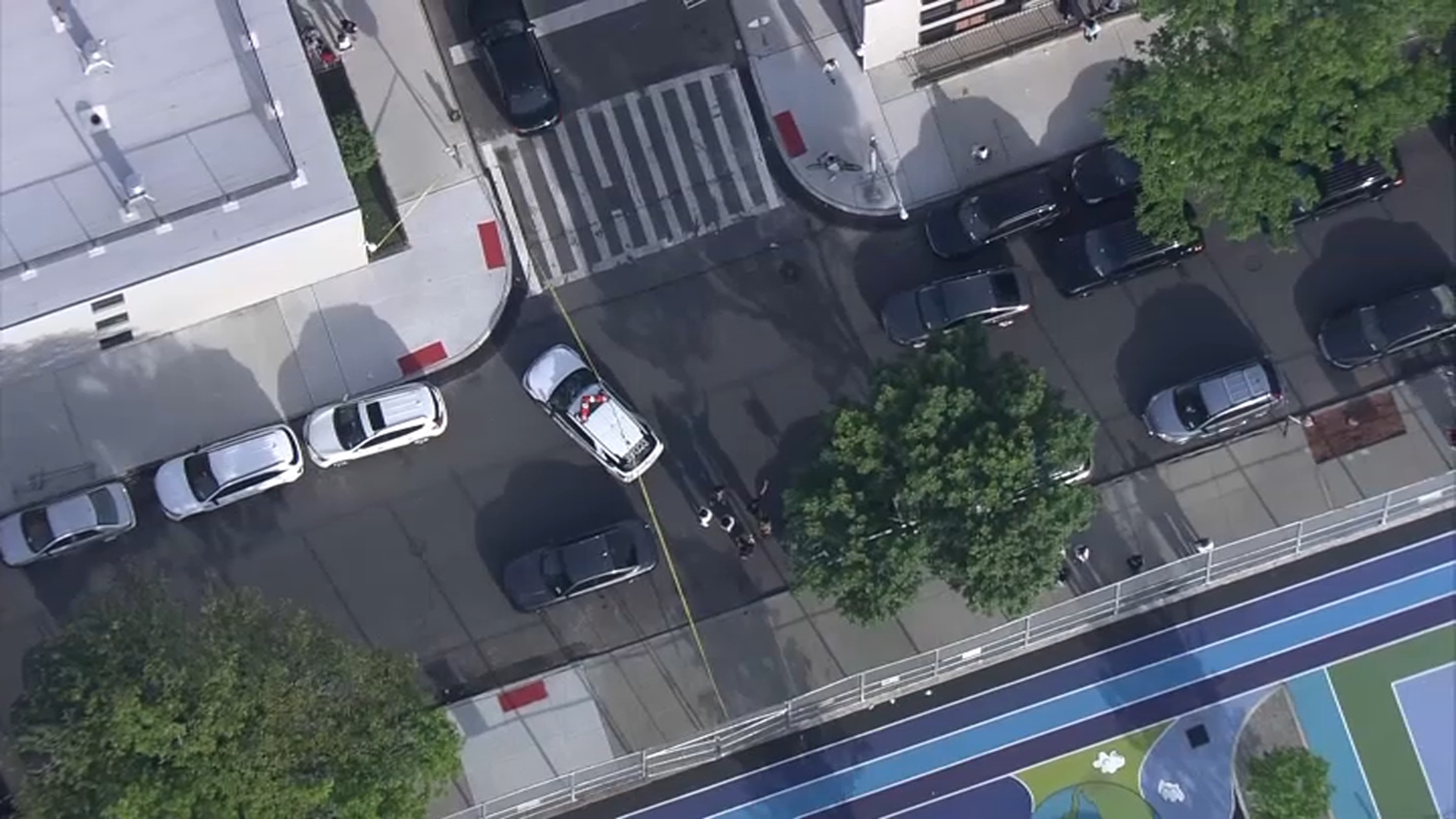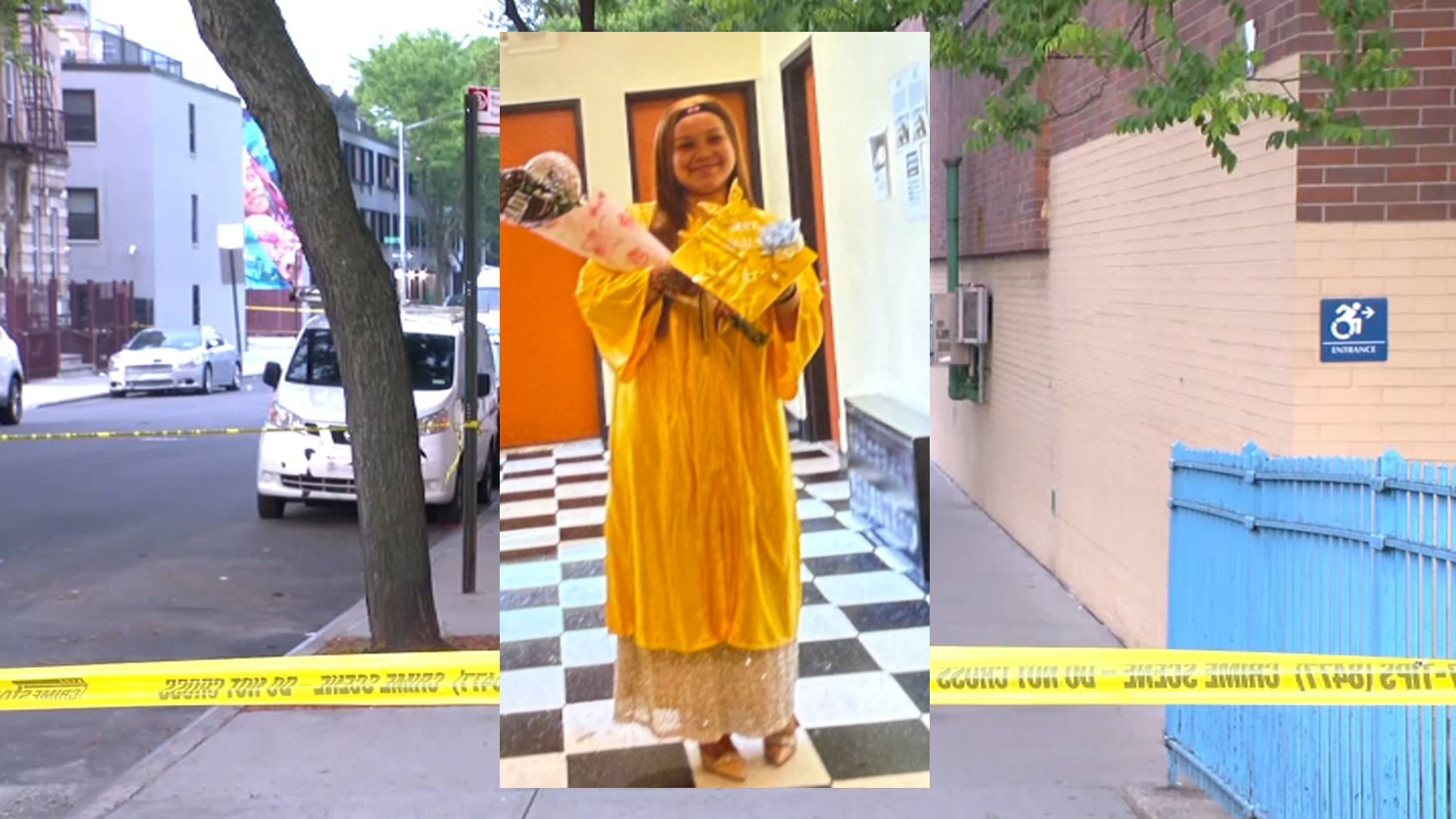Officer Shoots Bronx Hostage Taker: A Legal Analysis
Bronx Nightmare: Officer Shoots Man Holding Mother Hostage at Knifepoint
Introduction: A Terrifying Night in the Bronx
Imagine the sheer terror of being held hostage by your own child, a knife pressed against your throat. That's the chilling reality that unfolded on Mulford Avenue in the Bronx late Thursday night. An NYPD officer, faced with a split-second decision, discharged his weapon, striking a man who was allegedly holding his mother at knifepoint. But what led to this desperate situation? And what are the legal and ethical implications of such a use of force? Let's delve into the details of this unfolding tragedy.
The 911 Call and Arrival on Scene
It all started with a call – the type that sends chills down the spine of any law enforcement officer. Around 11:20 p.m., a security guard in an apartment building on Mulford Avenue heard frantic yelling. Sensing imminent danger, they dialed 911. Little did they know, they were setting in motion a chain of events that would culminate in a life-or-death confrontation.
The Initial Confrontation: Knife to the Neck
When officers arrived, the scene was chaotic. They found a man with his arm wrapped tightly around his mother’s neck, a kitchen knife glinting menacingly in his other hand. Can you imagine the adrenaline pumping through their veins? The immediate priority was to de-escalate the situation and prevent any harm to the woman.
The Negotiation: Two-and-a-Half Minutes of Tension
Police reports indicate that the officers spent at least two-and-a-half agonizing minutes trying to persuade the man to drop the knife. That's an eternity when someone's life hangs in the balance. What were they saying? What was the man's response? We only know that the negotiation ultimately failed.
Verbal Commands and Threats: A Failure to De-escalate
According to NYPD Chief of Patrol Philip Rivera, the man allegedly made "numerous threats to kill his mother." The situation escalated rapidly. Each passing second amplified the risk. The officers' pleas were met with resistance, and the threat to the mother's life became increasingly imminent.
The Shooting: A Split-Second Decision
Then, the unthinkable happened. The man, still armed with the knife, allegedly advanced towards the officers. Faced with what they perceived as an immediate threat to their lives and the life of the hostage, one officer made the decision to fire. One shot. A life altered forever.
"One Officer Discharged One Round": The Official Statement
The official statement is terse: "One officer discharged one round, striking the male…" But behind those simple words lies a complex web of emotions, training, and legal considerations. Was it justified? Could anything have been done differently? These are the questions that will undoubtedly be asked in the coming days and weeks.
The Aftermath: Immediate Medical Attention
Immediately after the shooting, medical personnel rushed to the scene. Both the man and his mother were taken to nearby hospitals. The man's condition is currently unknown, while the mother is thankfully reported to be physically unharmed.
The Emotional Toll: Trauma for All Involved
While the mother may be physically unharmed, the emotional trauma she endured is immeasurable. Similarly, the officer who fired the shot will likely face scrutiny and psychological evaluation. This incident will leave lasting scars on everyone involved.
The Investigation: Unraveling the Truth
Now, the investigation begins. The NYPD's Force Investigation Division will meticulously examine every aspect of the incident, from the initial 911 call to the moment the trigger was pulled. They'll analyze body camera footage, interview witnesses, and reconstruct the events to determine whether the officer's actions were justified.
Body Camera Footage: A Crucial Piece of Evidence
In today's world of police accountability, body camera footage is often a critical piece of evidence. Did the officers follow proper protocol? Did they exhaust all other options before resorting to deadly force? The body camera footage will provide a crucial perspective on the events as they unfolded.
Legal Ramifications: Use of Force Continuum
The legality of the shooting hinges on the concept of the "use of force continuum." This principle dictates that officers should use only the amount of force necessary to control a situation. Was the use of deadly force justified in this instance? That's the central question that legal experts will be analyzing.
Qualified Immunity: A Complex Legal Doctrine
Another legal doctrine that could come into play is "qualified immunity." This protects government officials from liability unless their conduct violates clearly established statutory or constitutional rights, and there's no question that the conduct was unreasonable under the circumstances.
Community Impact: Trust and Transparency
Incidents like this can erode trust between the police and the communities they serve. It’s vital that the NYPD conducts a thorough and transparent investigation, releasing as much information as possible to the public without compromising the integrity of the investigation.
Calls for Accountability: Demands for Justice
Expect to see calls for accountability from community activists and advocacy groups. They'll likely demand answers and assurances that such incidents are thoroughly investigated and that measures are taken to prevent them from happening again. Transparency and open communication are key to maintaining community trust.
Mental Health Considerations: A Growing Crisis
This incident also raises questions about the role of mental health in these types of situations. Was the man experiencing a mental health crisis? Did the officers have the training and resources to effectively de-escalate the situation without resorting to deadly force? It shines a light on the desperate need for mental health support.
De-escalation Training: Equipping Officers with the Right Tools
Investing in de-escalation training for police officers is crucial. This training equips officers with the skills and techniques to handle tense situations involving individuals experiencing mental health crises or other emotional distress, offering alternatives to the use of force.
Conclusion: A Complex Tragedy with No Easy Answers
The shooting on Mulford Avenue is a tragedy with no easy answers. It highlights the immense pressures faced by law enforcement officers, the complexities of the use of force, and the urgent need for better mental health support. This event will undoubtedly spark debate and discussion about police training, accountability, and community relations. As the investigation unfolds, it's crucial to remember that behind every headline, there are real people whose lives have been irrevocably altered.
Frequently Asked Questions
- What is the "use of force continuum" that police officers follow?
The "use of force continuum" is a standard that provides law enforcement officers with guidelines as to how much force they may use when trying to subdue a suspect. It's a graduated scale, starting with verbal commands and escalating to physical force, including lethal force, only when necessary to protect themselves or others from imminent danger.
- What is "qualified immunity," and how might it apply in this case?
Qualified immunity protects government officials from liability in civil lawsuits unless their conduct violates clearly established statutory or constitutional rights, and there's no question that the conduct was unreasonable under the circumstances. In this case, it would shield the officer from legal action unless it can be proven that their actions were unreasonable given the circumstances.
- What kind of training do NYPD officers receive in de-escalation techniques?
NYPD officers receive extensive training in de-escalation techniques, including verbal communication skills, crisis intervention, and methods for calming tense situations. The goal is to equip officers with the tools necessary to resolve conflicts peacefully and avoid resorting to physical force whenever possible. However, the effectiveness of this training is always under scrutiny, and continuous improvement is essential.
- How does body camera footage play a role in police investigations?
Body camera footage provides a firsthand perspective of events as they unfold during police encounters. It serves as a valuable piece of evidence in investigations, offering an objective record of what happened and helping to determine whether officers followed proper procedures and acted within the bounds of the law. It promotes transparency and accountability.
- What resources are available for individuals experiencing a mental health crisis in the Bronx?
There are several resources available for individuals experiencing a mental health crisis in the Bronx, including the NYC Well hotline (1-888-NYC-WELL), which provides free, confidential support and crisis counseling. Additionally, there are numerous mental health clinics and treatment centers throughout the borough that offer a range of services, including therapy, medication management, and support groups. Early intervention is key in managing a crisis and preventing escalation.


